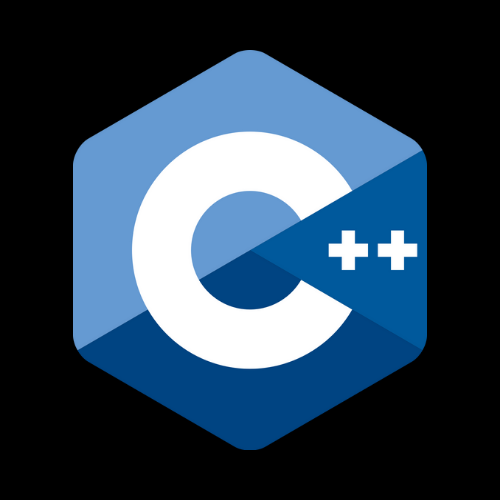Level: Advanced
1. Explain the concept of PHP namespaces and provide scenarios where they are beneficial.
2. How do you implement Dependency Injection Containers (DIC) in PHP applications?
3. Explain the principles of SOLID design in PHP and how you can apply them.
4. How do you implement event-driven architecture using PHP?
5. Explain the difference between synchronous and asynchronous PHP applications.
6. How do you optimize PHP performance for high-traffic applications?
7. Explain the concept of PHP extensions and how you can write and use them.
8. How do you implement a microservices architecture using PHP?
9. How do you handle concurrency and parallelism in PHP applications?
10. Explain the concept of Aspect-Oriented Programming (AOP) in PHP.
11. How do you implement a RESTful API server using PHP and best practices (e.g., versioning, authentication)?
12. Explain the differences between PHP frameworks like Laravel, Symfony, and Zend Framework, and discuss their advantages and disadvantages.
13. How do you implement a message queue system in PHP applications?
14. Explain the concept of Continuous Integration and Continuous Deployment (CI/CD) for PHP projects.
15. How do you implement reactive programming using PHP?
16. Explain the concept of Domain-Driven Design (DDD) and how you can implement it in PHP.
17. How do you implement GraphQL APIs using PHP?
18. Explain the use of design patterns such as Factory, Strategy, and Observer in PHP applications.
19. How do you implement real-time applications (e.g., chat systems) in PHP?
20. How do you integrate PHP applications with third-party APIs (e.g., OAuth, RESTful APIs)?
21. Explain the principles and implementation of Test-Driven Development (TDD) in PHP.
22. How do you implement secure authentication mechanisms (e.g., OAuth2, JWT) in PHP applications?
23. Explain the concepts of event sourcing and CQRS (Command Query Responsibility Segregation) in PHP.
24. How do you implement data caching and memoization techniques in PHP applications?
25. How do you implement a distributed session management system in PHP?
26. Explain the concept of Big-O notation and its relevance in PHP algorithmic analysis.
27. How do you implement WebSockets in PHP for real-time communication?
28. Explain the role of PHP in serverless computing architectures (e.g., AWS Lambda, Google Cloud Functions).
29. How do you implement secure file uploads and downloads in PHP applications?
30. Explain the concepts of scalability and elasticity in the context of PHP applications.
31. How do you implement multithreading and parallel processing in PHP?
32. Explain the principles of reactive programming and how they apply to PHP applications.
33. How do you handle distributed transactions in PHP applications?
34. How do you implement a content delivery network (CDN) for PHP applications?
35. Explain the role of message brokers (e.g., RabbitMQ, Kafka) in PHP-based microservices architectures.
36. How do you implement secure data encryption and decryption in PHP applications?
37. Explain the concepts of server-side rendering (SSR) and client-side rendering (CSR) in PHP frameworks.
38. How do you implement API rate limiting and throttling in PHP?
39. Explain the use of Docker and Kubernetes for deploying PHP applications.
40. How do you implement automated testing and continuous integration for PHP projects?
41. Explain the principles of reactive programming and how they apply to PHP applications.
42. How do you implement database sharding and partitioning in PHP applications?
43. Explain the concepts of eventual consistency and strong consistency in distributed systems with PHP.
44. How do you implement GDPR compliance in PHP applications?
45. Explain the role of event sourcing and event-driven architectures in PHP applications.
46. How do you implement feature toggles and A/B testing in PHP applications?
47. Explain the use of machine learning models in PHP applications.
48. How do you implement real-time analytics and monitoring in PHP applications?
49. Explain the principles of fault tolerance and resilience in PHP applications.
50. How do you implement multi-factor authentication (MFA) in PHP applications?


